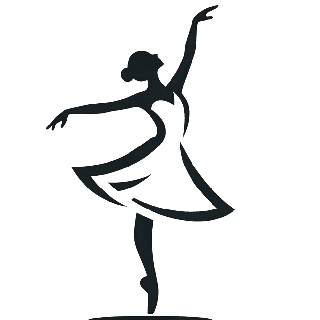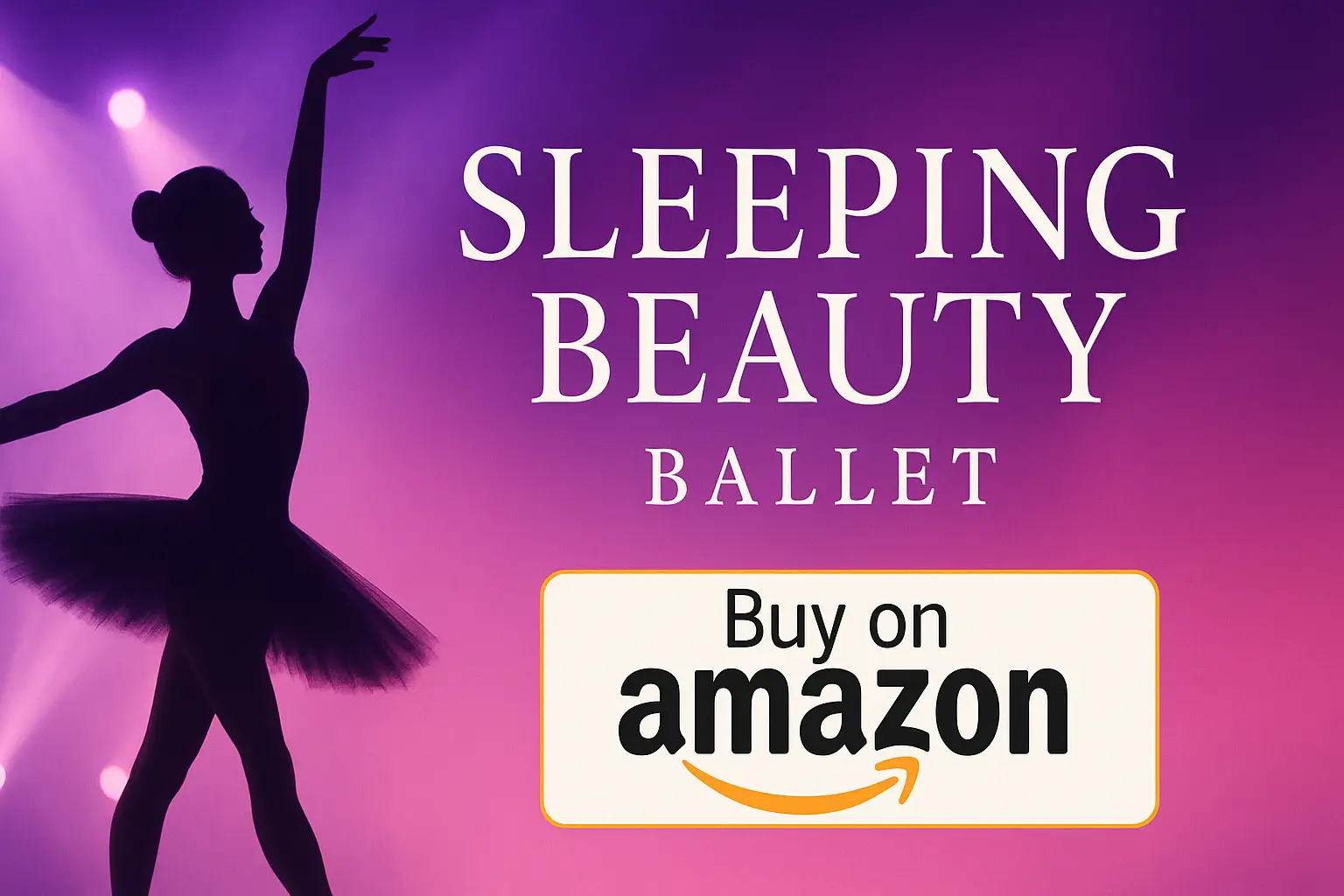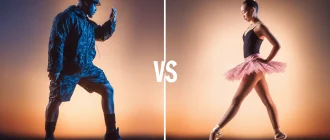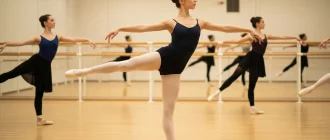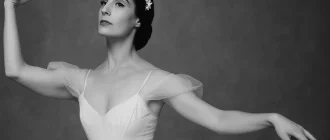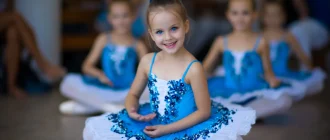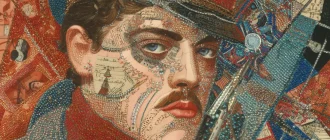The Sleeping Beauty ballet is a cornerstone of classical ballet, celebrated for its enchanting story, timeless music by Pyotr Ilyich Tchaikovsky, and masterful choreography by Marius Petipa. It’s the tale of the beautiful, sleeping Princess Aurora, cursed by an evil fairy and destined to awaken only through true love’s kiss. In this guide, uncover the origins, meet the key characters, and delve into why The Sleeping Beauty remains a beloved and influential work in ballet history.
Graceful Insights
- The origins of ‘The Sleeping Beauty’ ballet are rooted in Charles Perrault’s fairy tale, enhanced by Tchaikovsky’s vibrant score and Petipa’s expressive choreography.
- Key characters include Princess Aurora, whose grace symbolizes innocence, and Prince Désiré, who embodies true love. The Lilac Fairy aids them in their fight against the malevolent Carabosse.
- The Sleeping Beauty ballet has a profound legacy. It continually captivates audiences with themes of love and redemption and has been reinterpreted numerous times by ballet companies worldwide.
Art de Podcast
| Feature | Details |
|---|---|
| Title | The Sleeping Beauty |
| Composer | Pyotr Ilyich Tchaikovsky |
| Choreographer | Marius Petipa |
| Librettist | Ivan Vsevolozhsky (based on La Belle au Bois Dormant by Charles Perrault) |
| Premiere Date | January 15, 1890 |
| Premiere Location | Mariinsky Theatre, St. Petersburg, Russia |
| Style | Classical Ballet |
| Structure | Prologue and three acts |
| Main Characters | Princess Aurora, Prince Désiré, Carabosse (Evil Fairy), Lilac Fairy, King Florestan |
| Famous Variations/Scenes | The Rose Adagio (Aurora’s famous balance sequence), Wedding Pas de Deux, Fairy variations |
| Notable Versions | Royal Ballet (UK), Mariinsky Ballet (Russia), American Ballet Theatre (USA), Paris Opera Ballet |
| Themes | Good vs. evil, magic, love conquering all, destiny |
| Iconic Music Moments | The Lilac Fairy’s theme, Aurora’s entrance, and the grand waltz |
| Costume Style | Lavish, ornate 17th-century style with fairy tale elements (tutus, crowns, fairy wings) |
| Significance in Ballet History | Considered one of the finest examples of classical ballet, showcasing Petipa’s intricate technique |
| Popular Pas de Deux | Aurora and Prince Désiré’s wedding Pas de Deux |
| Performance Difficulty | Extremely high for dancers, requiring precision, strength, and stamina in both male and female roles |
| Notable Productions | Nureyev’s version (Paris Opera Ballet), Sir Peter Wright’s version (Royal Ballet) |
| Cultural Impact | Inspires ballet films, books, and productions worldwide; a symbol of classical ballet excellence. |
The Origins of The Sleeping Beauty Ballet
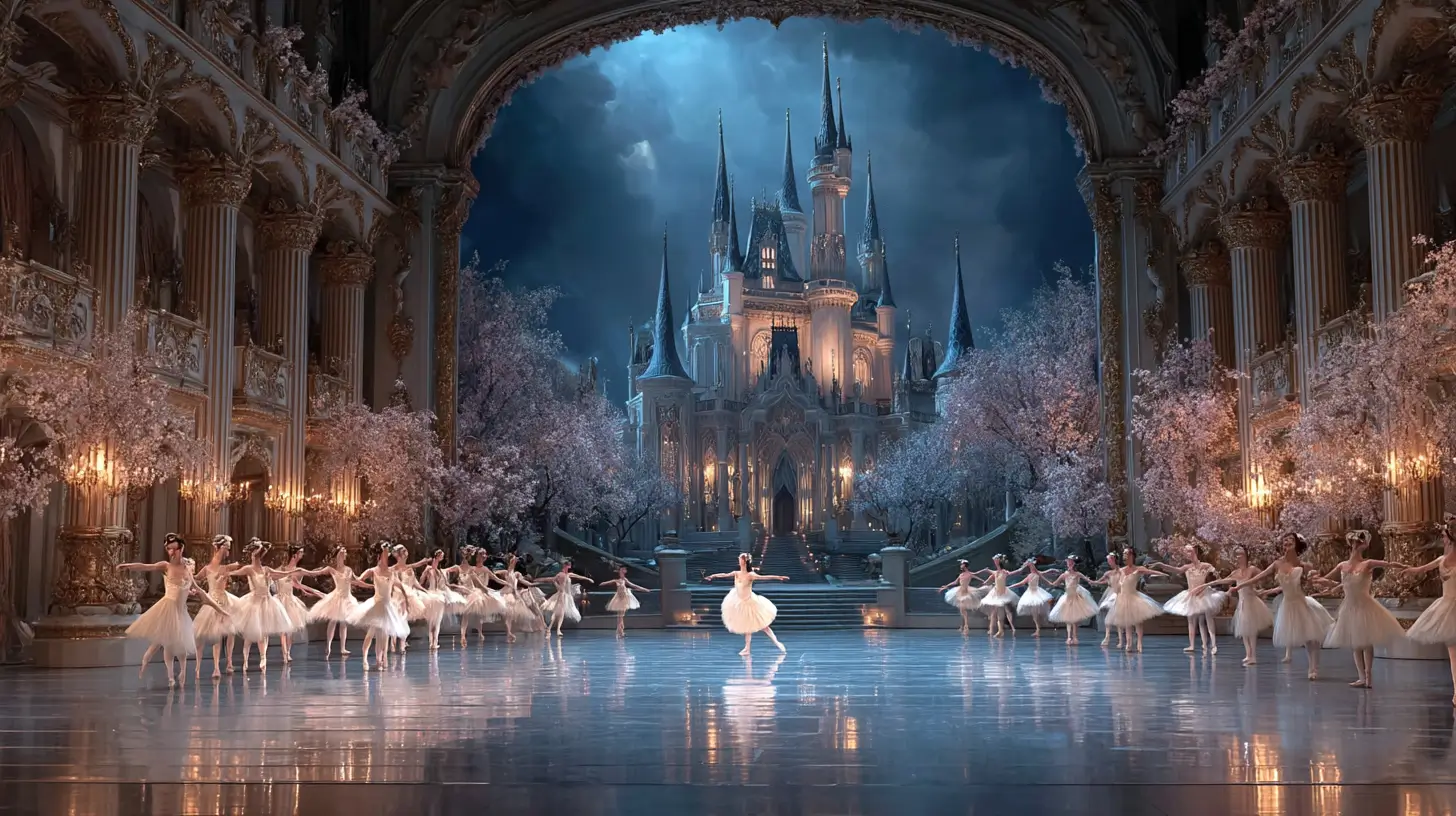
The origins of “The Sleeping Beauty,” the second most popular ballet, trace back to the enchanting fairy tale “La Belle Au Bois Dormant” by Charles Perrault. His story, with themes of love, magic, and destiny, provided a rich foundation for the popular ballet show’s narrative. Reimagined through the ages, this fairy tale influenced many adaptations, including the beloved ballet.
Pyotr Ilyich Tchaikovsky’s renowned composition “The Sleeping Beauty” brought a new dimension to this ancient tale in 1889. Known for its emotional depth and intricate melodies, the music enhances the ballet’s dramatic moments and weaves a tapestry of enchantment that draws audiences into Princess Aurora’s magical world.
Marius Petipa’s choreography further solidified the ballet’s place in classical dance. His meticulous and expressive movements complemented Tchaikovsky’s score, creating a seamless blend of music and dance that continues to captivate audiences. This collaboration set a high standard for future classical ballet works.
Key Characters in The Sleeping Beauty

At the heart of “The Sleeping Beauty” ballet is Princess Aurora, a princess blessed by fairy godmothers with gifts like:
- beauty
- temperament
- purity
- joy
- wit
- generosity
She embodies the innocence and grace central to the ballet’s narrative, making her a beloved figure in classical ballet.
In contrast to good fairies, the evil fairy Carabosse represents dark forces threatening Aurora’s happiness. Angered by her exclusion as king and queen from the christening, she curses Aurora to prick her finger on a spindle and fall into an eternal sleep, setting the stage for the ballet’s dramatic tension and resolution.
Prince Désiré, who rescues Aurora, is guided by the wise and benevolent Lilac Fairy. She plays a crucial role in softening Carabosse’s curse and leading the prince to Aurora. Her interventions symbolize the triumph of good over evil and the power of true love.
Other notable fairytale characters include the king and queen godmothers who bless Aurora and various fairytale figures attending the wedding celebration. From Princess Florine to Red Riding Hood, these characters enrich the narrative and add whimsy to the ballet.
Prologue: The Christening
The prologue opens with the joyous christening of the next king and queen together, the young princess Aurora. King Florestan and his queen hosted a grand celebration upon christening, inviting the entire kingdom. Each fairy godmother bestows a unique gift upon Aurora, enhancing her beauty, grace, and charm. The king and queen celebrate this momentous occasion with great joy.
The joyous occasion turns dark when the uninvited Carabosse appears in a rage. Feeling slighted, she curses Aurora to prick her finger on a spindle and die on her sixteenth birthday. The Lilac Fairy intervenes, softening the master of ceremonies’ curse so Aurora will instead fall into a deep sleep, to be awakened by true love’s kiss.
This dramatic prologue sets the stage for a tale of love, magic, and redemption.
Act I: Aurora’s Sixteenth Birthday
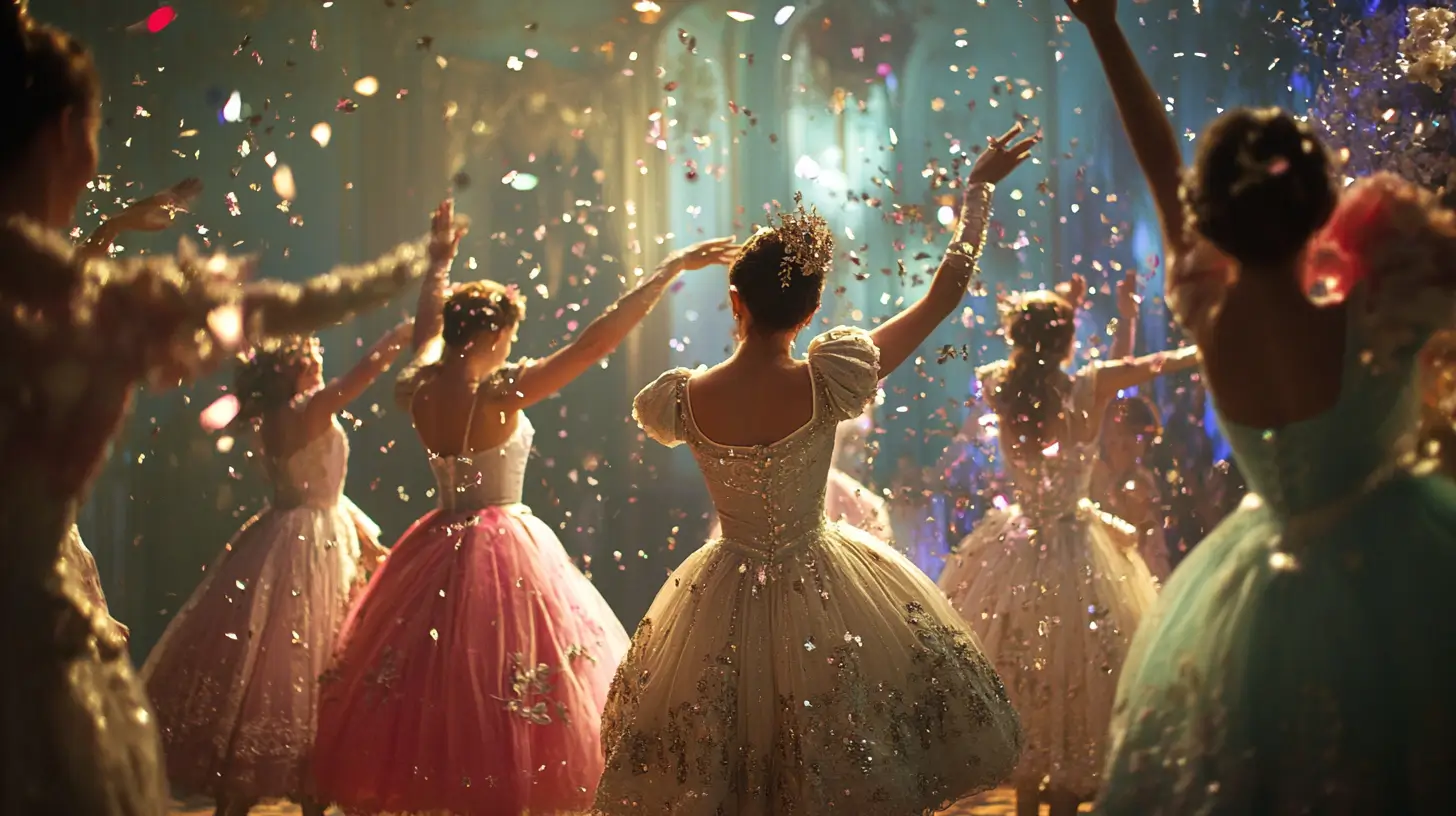
Act I brings us to the vibrant celebration of Princess Aurora’s sixteenth birthday. The royal garden is alive with music and dance as townspeople perform the Garland Waltz, a lively dance that fills the air with celebration and anticipation.
Four suitors present roses to Aurora during the festivities in the breathtaking Rose Adagio. This sequence showcases her grace and poise as she balances on one leg, supported by each suitor. The beauty of this moment highlights the young and beautiful princess, whose charm and hope for her future are evident.
The celebration dramatically turns when a mysterious figure offers Aurora a spindle. Unaware of the danger, she dances with it and pricks her finger, succumbing to Carabosse’s curse. As Aurora falls into a deep sleep, the Lilac Fairy appears, ensuring the entire kingdom shares in her slumber until the curse is broken.
Act II: The Enchanted Forest
Act II transports us to the enchanted forest, where Prince Désiré embarks on a quest to find the sleeping princess. During a hunting expedition, he encounters the Lilac Fairy, who reveals Aurora’s fate and guides him. The mystical forest is the perfect backdrop for the prince and his heroic quest.
As Prince Désiré ventures deeper into the forest, the Lilac Fairy leads him through various fairy tales, helping him overcome obstacles and magical creatures. Her gift of wisdom and benevolence help the handsome prince navigate the enchanted landscape, especially as the lilac fairy returns.
The journey culminates when Prince Désiré finds Aurora and awakens her with a kiss, symbolizing the triumph of true love over darkness. Aurora’s awakening breaks the curse and rejuvenates the kingdom. This act celebrates hope, love, and the enduring power of goodness, setting the stage for the prince’s kiss and joyous wedding celebration.
Act III: The Wedding Celebration
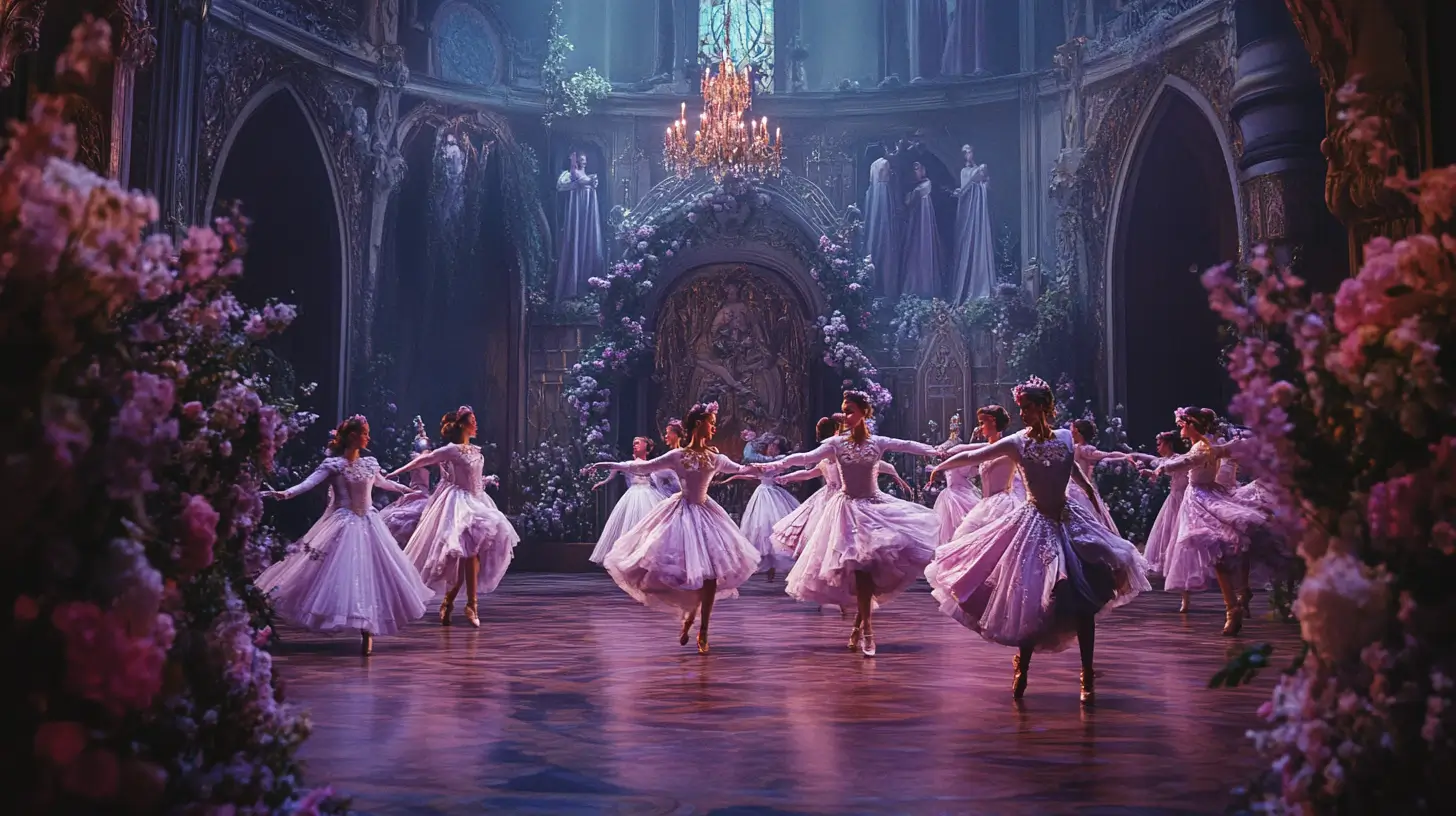
Act III is a grand and festive wedding celebration. The royal court comes alive with numerous fairy tale characters, including the Silver, Gold, Sapphire, and Diamond Fairies, Puss-in-Boots, the White Cat, Cinderella, Prince Fortuné, Red Riding Hood, and the Wolf. Their presence adds enchantment and whimsy, highlighting the joyous union of Queen Aurora and her Prince Désiré.
One highlight is the Grand Pas de Deux, a breathtaking dance by Aurora and Désiré. It symbolizes the culmination of one hundred years of their union and the culmination of their journey, showcasing their love and achieving harmony. The intricate choreography and emotional depth make it a standout moment.
The same Lilac Fairy appears and blesses the marriage, ensuring Aurora and Désiré live happily ever after. The wedding celebration, with elaborate sets and a joyful atmosphere, brings the ballet to a triumphant and heartwarming conclusion, fitting for a story that has captivated audiences for generations.
The Music and Choreography
The music and choreography of “The Sleeping Beauty” are ballet masterpieces. Tchaikovsky’s complete score for Imperial Ballet is heralded as one of the greatest achievements in classical ballet music, setting a benchmark for future works. His compositions capture the story’s emotional depth and grandeur, making individual characters in each scene come alive with rich, melodic textures.
Marius Petipa’s choreography laid the foundation for the ballet’s movement vocabulary. His meticulous and expressive choreography and Tchaikovsky’s score created a seamless blend of music, choreography, and dance. Sumptuous sets and costumes enhance visual storytelling, transporting viewers to enchantment and magic.
In later years, choreographers like Kenneth MacMillan added their touches, modernizing the presentation while preserving its essence. These contributions have ensured that “The Sleeping Beauty” remains a vibrant and relevant piece in classical ballet, appealing to new generations.
The Legacy of The Sleeping Beauty
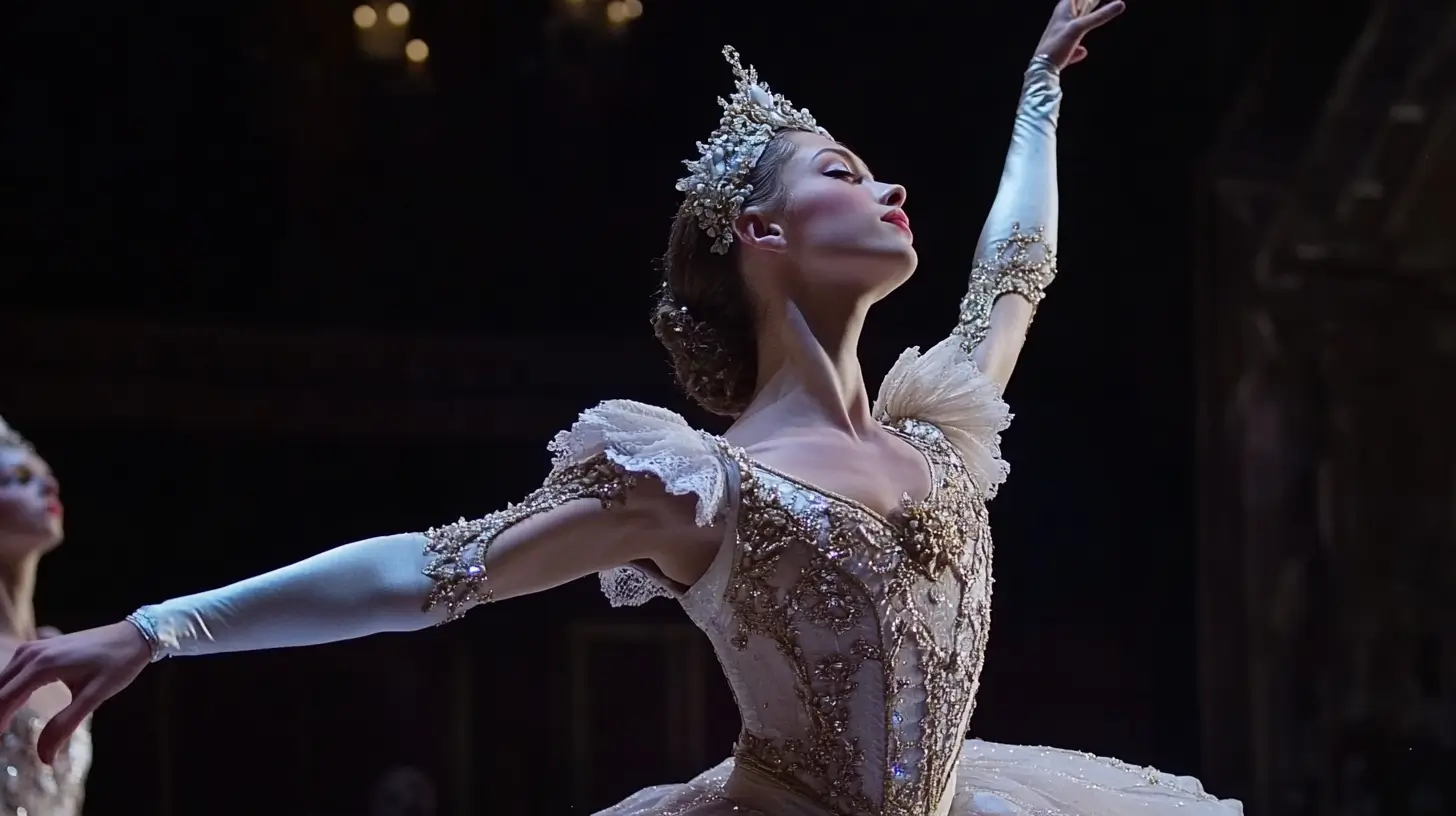
The legacy of “The Sleeping Beauty” ballet is profound and far-reaching. Its storyline has roots in ancient folklore, with variations dating back to Greek mythology and adaptations by Giambattista Basile, Charles Perrault, and the Brothers Grimm. These literary traditions provided a strong foundation for the ballet’s enduring popularity.
Key performances at the Imperial Theatre were crucial in establishing the ballet’s world premiere and reputation. Over the last one hundred years, “The Sleeping Beauty” has been revived and reinterpreted by numerous ballet companies, each bringing their unique vision. Kenneth MacMillan’s 1986 adaptation of the American Ballet Theatre highlighted its timeless appeal.
Today, “The Sleeping Beauty” continues to enchant audiences worldwide. Its themes of love, magic, and the triumph of good over evil resonate with people of all ages, making it a beloved staple in classical ballet. The ballet’s enduring legacy is a testament to its artistic brilliance and universal appeal.
Resume
“The Sleeping Beauty” ballet is a timeless masterpiece that weaves music, dance, and storytelling into a captivating whole. From its origins in Charles Perrault’s fairy tale to the enchanting score by Tchaikovsky and the meticulous choreography of Marius Petipa, every element of the ballet contributes to its enduring magic. The characters, from Princess Aurora to the Lilac Fairy, bring the story to life, while love, redemption, and the triumph of good over evil resonate across generations. As we reflect on the beauty and legacy of this iconic ballet, we are reminded of the power of art to enchant, inspire, and endure.
FAQ
What is the musical origin of The Sleeping Beauty ballet?
The score was composed by Pyotr Ilyich Tchaikovsky as his Opus 66, completed in 1889, drawing inspiration from Charles Perrault’s fairy tale “La Belle au bois dormant” and the Brothers Grimm’s “Dornröschen.”
Who choreographed the original production of The Sleeping Beauty?
The original choreography was created by Marius Petipa for the Imperial Ballet in St. Petersburg, setting a standard for classical ballet technique and style that remains influential today.
When and where did The Sleeping Beauty premiere?
The world premiere took place on January 15, 1890, at the Mariinsky Theatre in St. Petersburg under the direction of Ivan Vsevolozhsky, with Tchaikovsky himself in attendance.
How is the ballet structured in terms of acts and scenes?
The Sleeping Beauty unfolds in a Prologue depicting Princess Aurora’s christening, followed by three Acts covering her sixteenth birthday, the prince’s discovery of her enchanted sleep, and the grand wedding celebration.
What is the typical running time of a full-length performance?
An uncut performance usually lasts around three hours of music and, with intermissions, can extend to nearly four hours; modern stagings often make selective cuts to achieve a two-and-a-half to three-hour running time.
Who are the principal characters in the ballet?
The central roles include Princess Aurora, Prince Désiré, the evil fairy Carabosse, the benevolent Lilac Fairy, and members of Aurora’s court such as King Florestan and Queen Florestine.
What are the names and gifts of the fairies in the Prologue?
Six good fairies bestow gifts of Tenderness, Generosity, Serenity, Playfulness, Courage, and the protective gift of the Lilac Fairy, while the uninvited Fairy of Darkness (Carabosse) brings the curse.
What is the Rose Adagio, and why is it significant?
The Rose Adagio in Act I is a famous challenge for the ballerina playing Aurora, featuring a series of promenades and balances with four suitors—it showcases precision, strength, and grace.
Which cameo characters appear at the Act III wedding celebration?
Ballet guests drawn from other Perrault tales appear in the grand finale, including Puss in Boots, Cinderella, Little Red Riding Hood, the White Cat, and the Bluebird in divertissement variations.
How does Tchaikovsky use musical motifs to represent good and evil?
The score employs distinct leitmotifs for the Lilac Fairy and Carabosse, weaving their themes throughout to underscore the conflict between benevolent magic and malevolent intent.
What orchestration does The Sleeping Beauty require?
The full orchestration calls for a large ensemble: woodwinds (flutes, oboes, clarinets, bassoons), brass (horns, trumpets, trombones, tuba), percussion (timpani, cymbals, tambourine, glockenspiel, tam-tam), piano, harp, and full strings.
What inspired Tchaikovsky during his composition process?
Commissioned by Ivan Vsevolozhsky in 1888, Tchaikovsky was motivated by Perrault’s story’s poetic and fairy-tale nature, completing sketches in the winter and orchestration by August 1889 amid intense creative fervor.
How have notable revivals shaped modern productions?
Landmark restagings include the 1921 Diaghilev Ballets Russes premiere in London, the 1951 Kirov revival, and the 1999 Mariinsky reconstruction of Petipa’s original, each influencing choreography, design, and pacing preferences.
Which ballet stars are renowned for dancing Aurora?
Famed Aurora interpreters include Carlotta Brianza, the original Princess; Anna Pavlova in her early career; Margot Fonteyn; and, more recently, modern principals at leading companies worldwide.
What thematic elements make The Sleeping Beauty a quintessential classical ballet?
Its emphasis on pure dance, symmetrical court scenes, character variations, and a clear narrative of good versus evil exemplifies the ideals of classical ballet form and storytelling.
